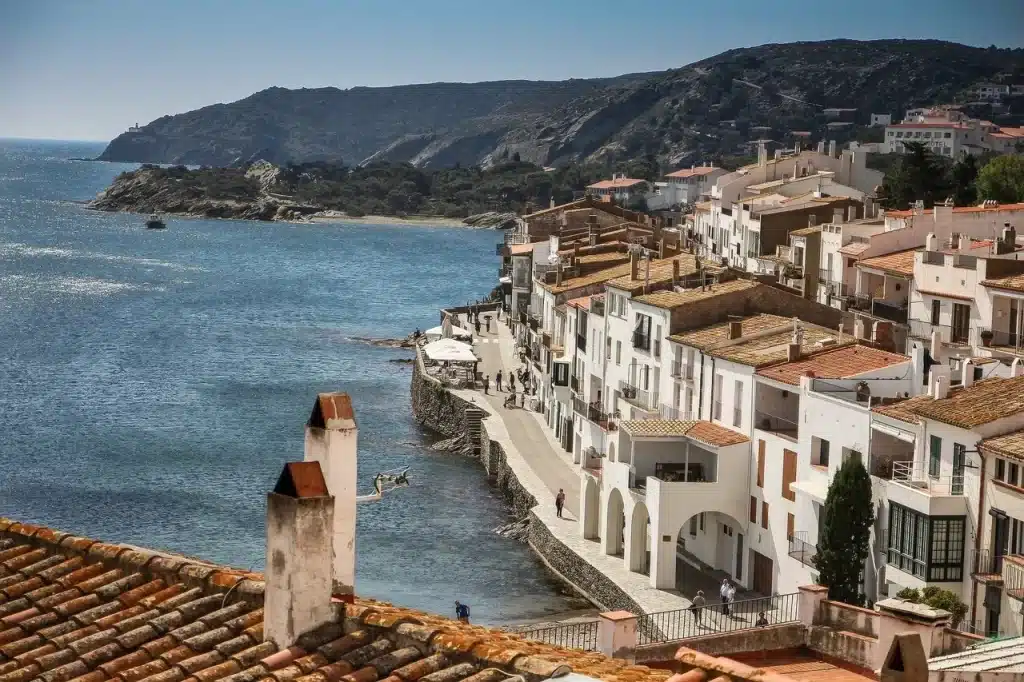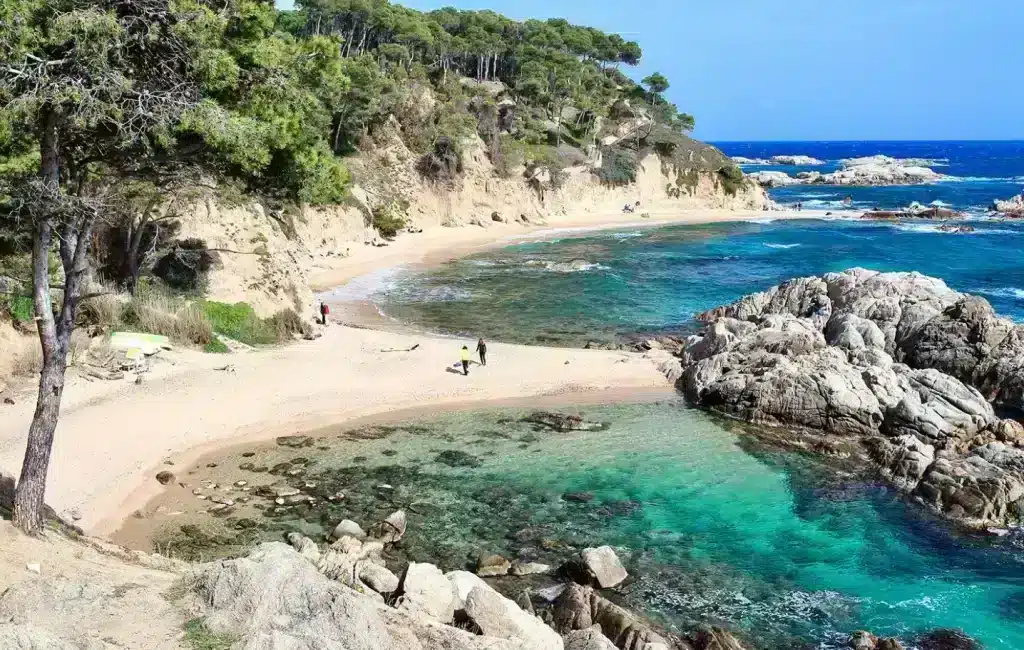
How to transport your car to the Costa Brava: options and tips
Every summer, thousands of travellers wonder how to transport their car to the Costa Brava: some fly light and pick it up in Girona, while others set off on a road-trip through France to Roses, Tossa or Lloret. This guide covers the benefits, paperwork and up-to-date prices so you can choose the option that best fits your time and budget.
Why take your own car on holiday to the Costa Brava?
- Having your car gives you total freedom to explore hidden coves and medieval villages such as Pals or Peratallada, without relying on bus timetables or limited local public transport.
- It can be far cheaper than hiring a vehicle, especially if you’re travelling with family, staying longer than a week or carrying plenty of luggage.
- You also enjoy extra comfort: bring child seats, cool boxes or sports gear—perfect if you want a more personalised trip or outdoor activities.
Main destinations on the Costa Brava (Girona, Roses, Tossa, Lloret)
- Girona — Historic city with walled old town and an international airport 15 km away. Fast motorways (AP-7, C-65) make it the easiest hand-over point if you arrive by plane. With your own car you can take half-day drives to nearby towns like Besalú or Banyoles.
- Roses — First sizeable seaside town after crossing the French border, with urban beaches and the nearby Cap de Creus Natural Park. Driving lets you switch at leisure between coves and hiking trails.
- Tossa de Mar — Reached via the scenic GI-682, lined with curves and viewpoints over hidden coves. With your car you can stop at the best spots, park outside the walled centre and reach quieter beaches early.
- Lloret de Mar — Quick access via the C-32 from the AP-7. Having wheels makes it easy to escape to Santa Cristina or Canyelles coves and avoids the night-bus wait. You can also day-trip to Blanes and its Marimurtra Botanical Garden; in high season it’s worth reserving a car park space.
Driving from your country to the Costa Brava
A typical 1,500-km journey from central Europe takes two relaxed driving days. Budget around €200 for fuel (8 l/100 km average), about €100 in French tolls and €70 – €150 for an overnight hotel. All in, expect €370 – €450 plus two full days at the wheel.
Advantages: road-trip experience, car available from minute one and unlimited luggage.
Drawbacks: fatigue, tolls and hotel costs, and part of your holiday spent on the road.
Shipping your car with a professional carrier
The company collects the vehicle at your door and delivers it in Girona—or straight to your accommodation—within three to seven days. Average EU prices range from €500 to €700 per leg, depending on distance, booking time and whether the lorry is open or enclosed.
Advantages: save time, avoid wear and arrive fresh by plane.
Drawbacks: you need to plan a few days’ margin and do without the car until drop-off.
Requirements, paperwork and preparation
- Your car must have a valid registration certificate, current MOT (ITV) and insurance accepted throughout the European Economic Area. If coming from outside the EU, bring the Green Card.
- A reflective vest and two warning triangles are compulsory in Spain. From 2026 a V-16 geolocated warning beacon will also be required.
- Carriers usually ask for copies of the logbook and technical sheet. Take clear photos of the vehicle before collection as evidence of its condition.
Approximate costs and transit times
If you drive to the Costa Brava, allow two travel days (c. 1,500 km). Fuel: ~€200, tolls: ~€100, hotel: €70 – €150. Total €370 – €450 plus your time on the road.
By contrast, shipping the car professionally costs €500 – €700 and takes three to seven days door-to-door, but frees up your holiday time and avoids mechanical wear.
Booking early—especially July and August—secures better rates and availability for hauliers and en-route accommodation.
Tips for a smooth, safe transport
- Check fluids, tyres and brakes before departure or collection.
- Avoid France’s “black Saturdays” in July and August; leaving at dawn reduces jams.
- Reserve your transporter or ferry weeks ahead: demand peaks in summer.
- Photograph the car at pick-up and delivery to record any damage.
- Carry fee-free payment options for tolls and local parking.
Conclusion: plan ahead for a stress-free trip
Taking your own car to the Costa Brava opens up spots public transport can’t reach. Whether you fancy the road-trip or prefer to fly in and receive the car there, planning ahead will save money and surprises—ensuring a holiday that runs like clockwork.
Questions? Let’s talk!
📞 +34 685 763 009 | ✉️ support@cartransporteurope.com. We’ll be happy to help you plan your next road-ready getaway.



